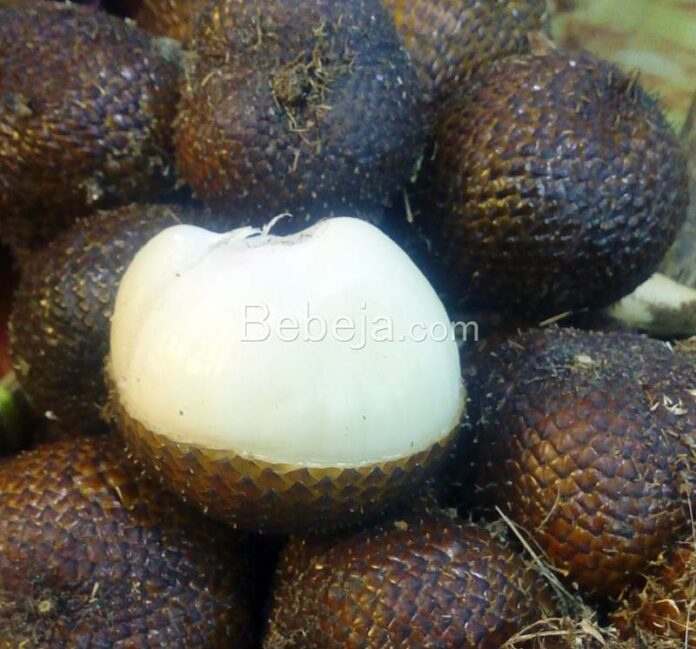Maintaining the production and quality of salak pondoh plants is crucial for planters. Salak planters typically do not use fertilizers, instead relying on salak plant litter as a natural source of nutrients. However, as a production crop, it is important to ensure that macro and micro nutrient requirements are met, even when cultivating salak organically.
Research conducted by I Nyoman Adijaya and colleagues from the Bali Agricultural Technology Assessment Center (BPTP) has shown that applying up to 10 kg of manure per plant in salak cultivation can increase the productivity of sugar salak. This is evidenced by a minimum 30% increase in fruit weight.
Additionally, the application of chemical fertilizers, such as KCl, has also been found to have a positive effect. For instance, Nurrochman and colleagues from the Faculty of Agriculture at Gajah Mada University conducted research on super salak pondoh and found similar results. Applying 20 grams of KCl without thinning the fruit resulted in a larger diameter and better shape of the salak fruit.
In Thailand, salak planters routinely apply biofertilizers to make the plants fruitful. This fertilizer can improve vegetative growth, making the leaves and stems stronger while reducing the risk of leaf rust disease. The use of biofertilizers has been shown to increase the number of flowers and fruit bunches by up to 1.5 times.
